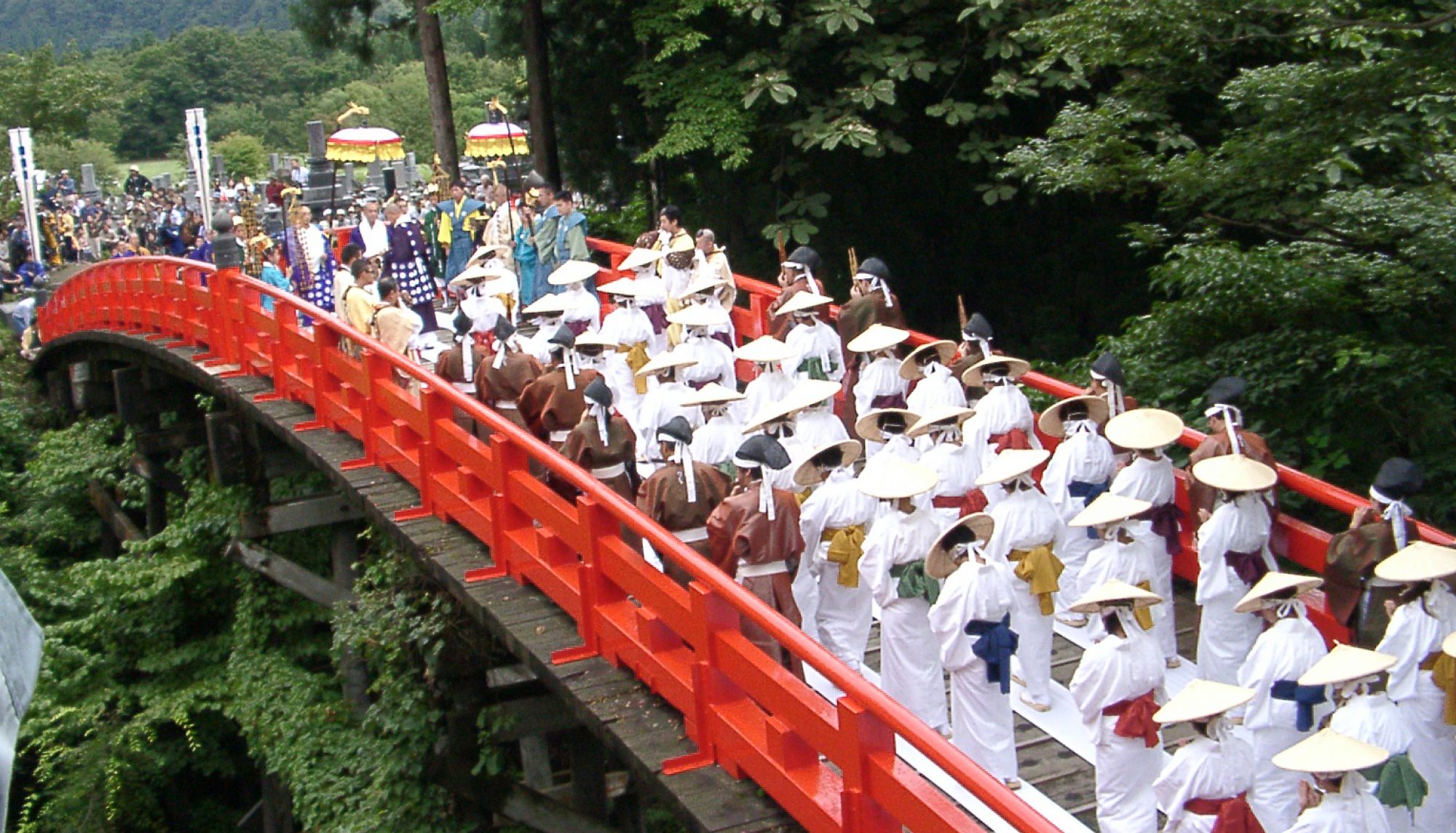[Last updated: August 5, 2022]
In Japan, expressions of culture and art can often be found in the most unlikely of places. To take one example: strolling through town, have you ever looked down at the manhole covers beneath your feet? You may be surprised to know that passionate fans of manhole art have been around for some time, with events featuring these masterpieces growing more popular by the day. How did this movement begin, and where is it headed? To answer these questions, we spoke with Shoji Morimoto, an expert on manhole art who has been at the forefront of popularizing this community on the internet.
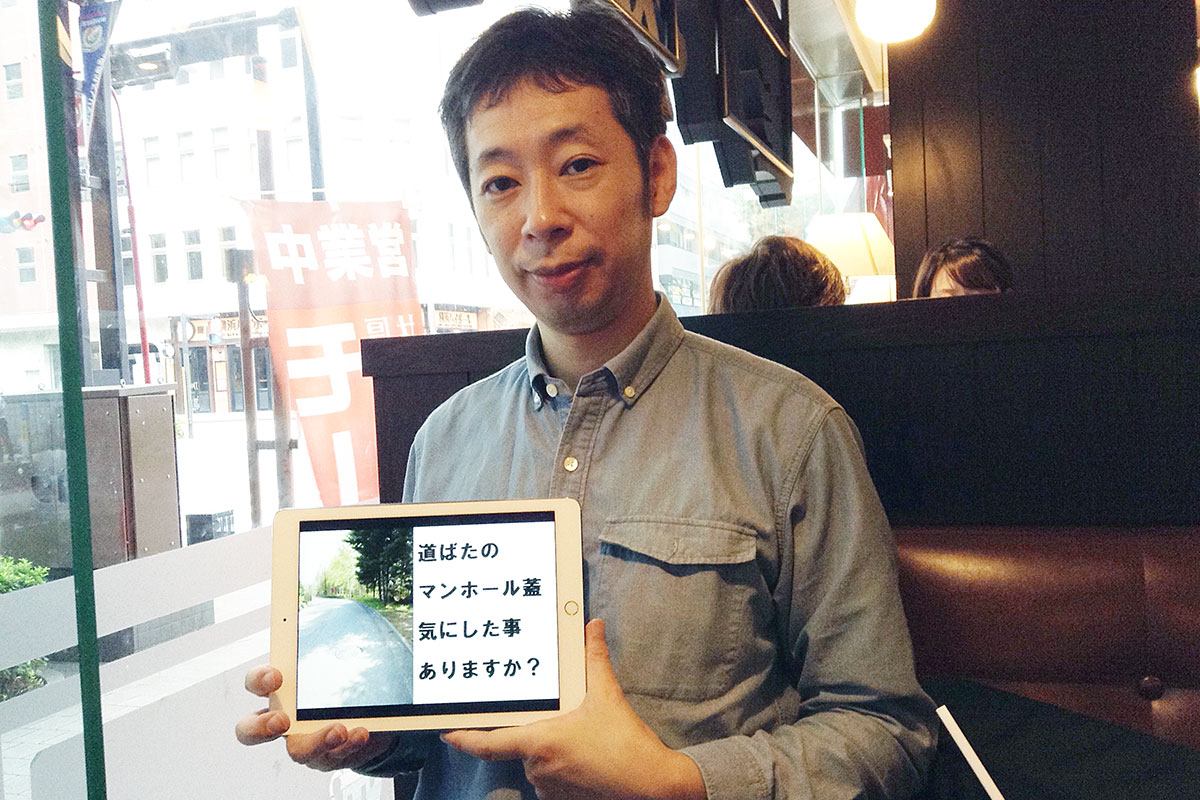
Shoji Morimoto
Founding member of the “Manhole Night” team, which organizes a regular event for manhole art fans. Administrator of the “Manhole Map” social networking service (http://manholemap.juge.me/), where users can share photos and location information about their favorite manholes.
Twitter: @morimo_t
Origins of the Manhole Renaissance
Manholes are an often-overlooked part of everyday life, but there can be no denying that Japan boasts some of the world’s most beautiful manhole covers. “Japanese manhole art first captured the attention of the world thanks to a photo collection by the Australian photographer Remo Camerota,” explains Mr. Morimoto. “This collection, Drainspotting, made waves when it won an award at the New York Book Festival in 2010.”
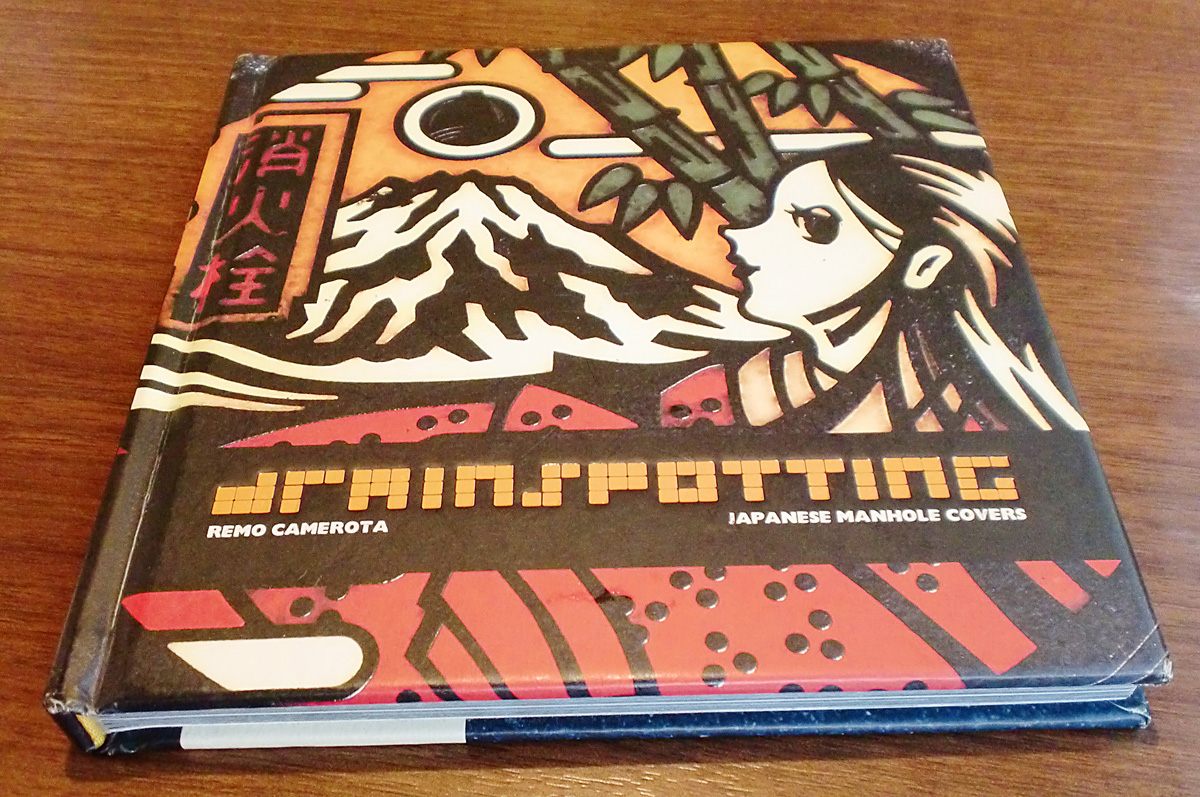
▲『Drainspotting: Japanese Manhole Covers』(Remo Camerota)
Here in Japan, fans of manhole art can be seen walking the streets, taking pictures and making rubbings of their favorite covers. In recent years, events have been organized where manhole art aficionados can share their passion with their peers, and these gatherings have been covered extensively on television and the internet. But when and how did this growing movement get started?
“In 1984, Joji Hayashi, a designer and member of the Rojo Kansatsu Gakkai (lit. “Street Observation Society”), published a book on the manhole covers of Japan,” explains Mr. Morimoto. “It can be said this book ushered in a new age of manhole art appreciation.” Another book, Rojo no geijutsu (“Art of the Streets”) by Yoshinori Kakishita, received a second printing in February of 2015 after the original 2005 version went out of print. Together, these two volumes are considered the “bibles” of manhole art fans everywhere.
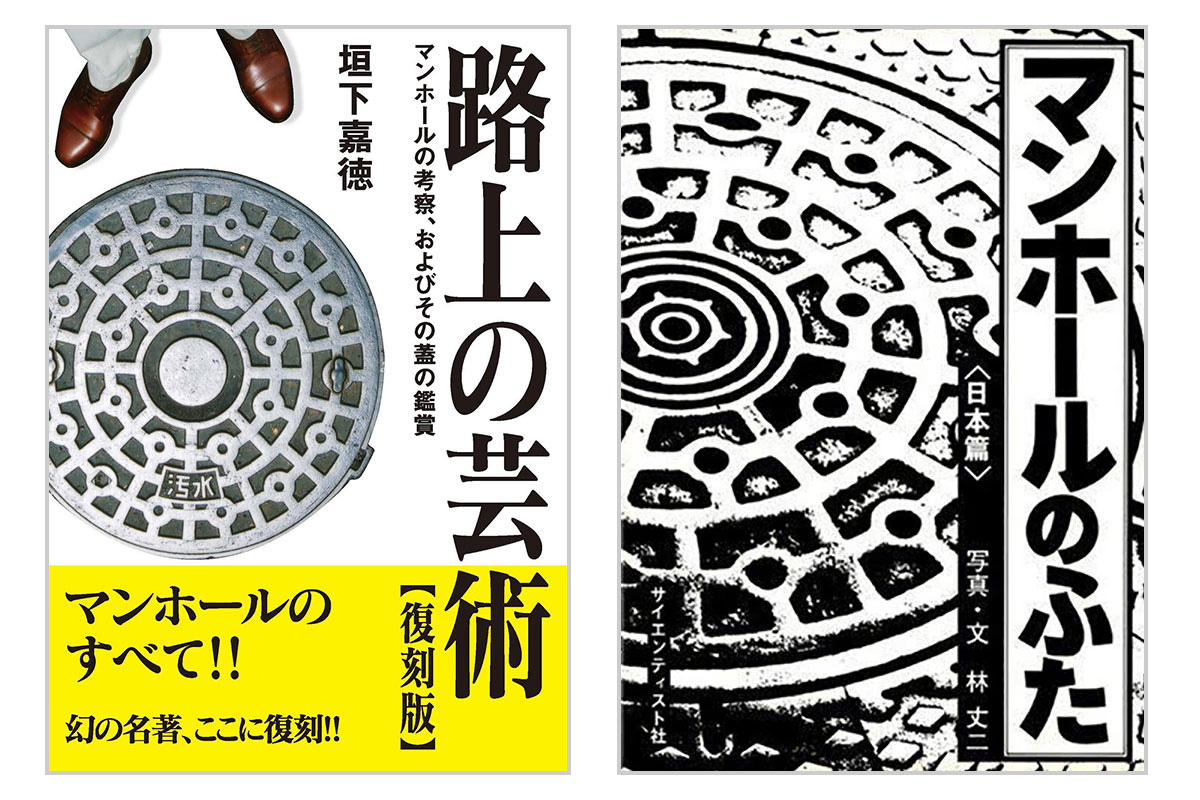
『マンホールのふた 日本篇』(サイエンティスト社)
『路上の芸術【復刻版】』(ホビージャパン)
Manhole Art Appreciation in the Internet Age
In the old days, manhole fans simply enjoyed their hobby alone, taking pictures of local masterpieces when they traveled for work or play. “In 2007, I uploaded a picture of a manhole cover to a popular photo sharing service,” Mr. Morimoto recalls. “The response was overwhelming. It was then I realized how many people out there were interested in manhole covers. The rest is history,” he says with a grin.
Mr. Morimoto was only getting started.

“At the time, what frustrated me the most was that even with all these amazing manhole photos on the internet, there was no way of knowing where to find them. Even if there was a caption describing the general location, often I’d scour the neighborhood without ever finding the manhole I was looking for,” he recalls, then adds with a smile, “Nowadays I’ve leveled up my skills a bit, so all I really need is a map.”
His solution at the time was to team up with a software engineer friend to create a website, “Manhole Map,” featuring—true to its name—a map with precise location details for every manhole in the database. “I had him build me the site I always wanted,” Mr. Morimoto says with a laugh. “I also started posting on Twitter with the hashtag #manhotalk, and searched the net for fellow fans. I connected with as many people as possible, doing all I could to share the appeal of manhole art through social networking. Before I knew it, communities of manholiacs were popping up all over.”
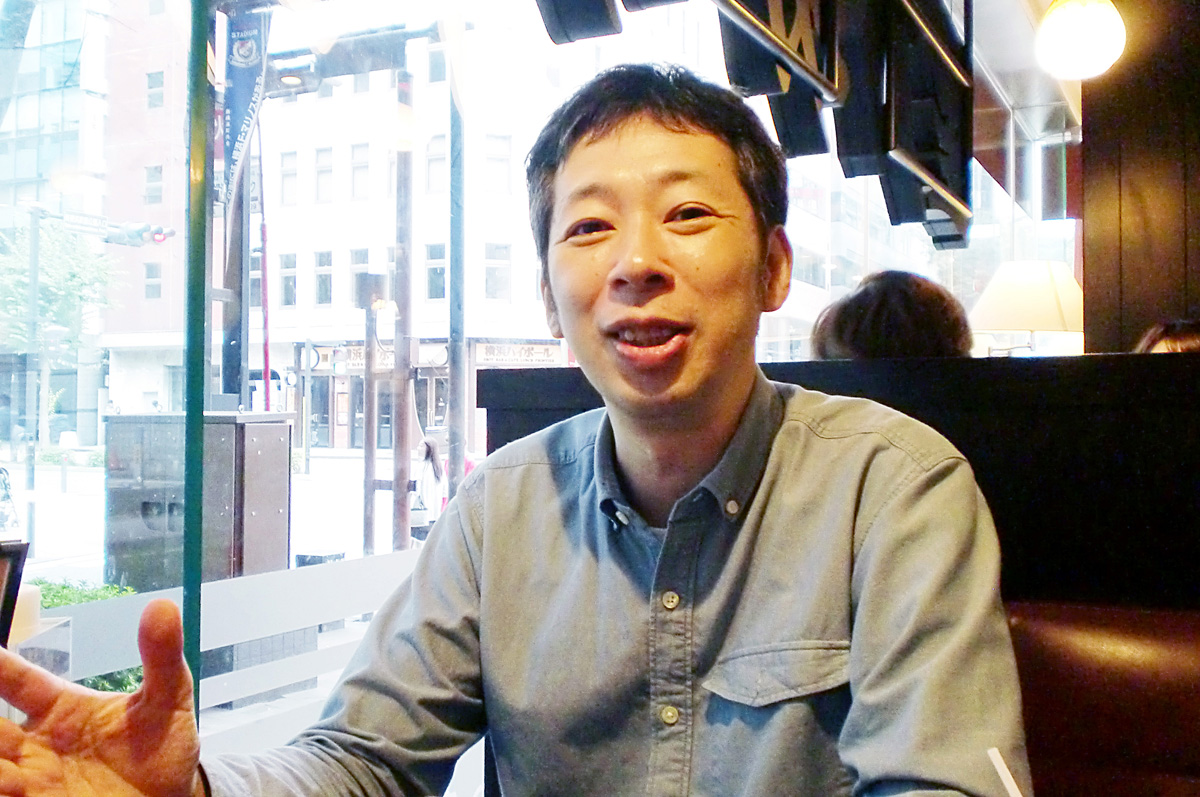
On the popular urban observation website Michikusa Gakkai, Mr. Morimoto serves as a lecturer of manhole studies, sharing with readers images and stories of his favorite covers as well as a wealth of knowledge on the history of Japanese manhole art, and photography techniques to help people better capture manholes in all their glory.
“The offer from Michikusa Gakkai came in just as our Twitter community was coming together. Then the organizing team behind the Manhole Night event was born. A friend I met through Twitter volunteered to create an iPhone app that could be synced with my Manhole Map homepage, as well as a bot that would compile all manhole-related tweets. The power of social networking really is incredible.”
Mr. Morimoto truly is a manhole aficionado for the internet age—a pioneering figure in this ever-expanding community of enthusiasts.
Manhole Night: Come One, Come All!
The first Manhole Night event was held on November 2, 2011. “At first, it started as an academic event,” explains Mr. Morimoto. “People still come to do serious research and field work. We hold the event every year in November, so if you’re interested, we encourage you to check out our homepage.”
Members of the Manhole Night team are also actively participating in another yearly event, the Manhole Summit held by the GKP (Gesuido Koho Platform, or Sewer PR Platform). “The Manhole Summit is always a rousing event, attracting over three hundred participants each year, and we help out however we can,” Mr. Morimoto says with a smile. “From books and all the manhole cover accessories popping up, you can really see the movement growing year by year.”
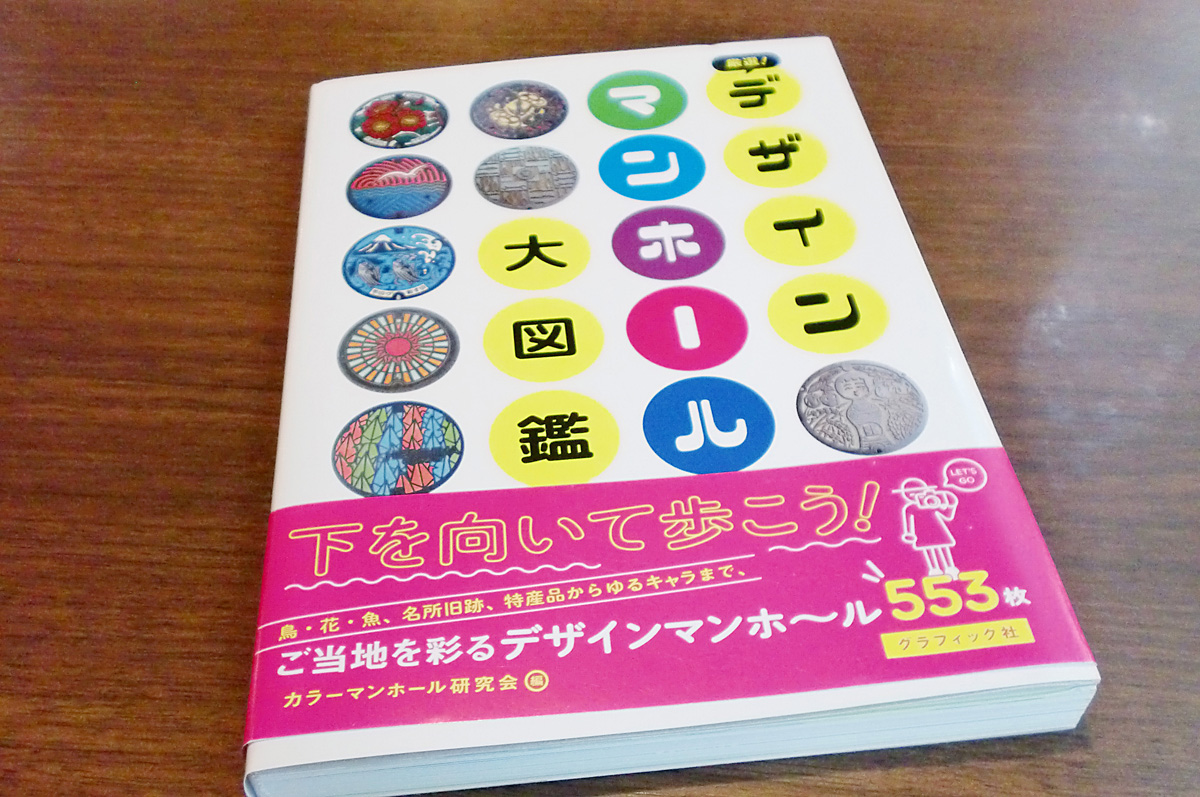

Mr. Morimoto’s favorite manhole covers!
In closing, we leave you with a choice selection of some of Mr. Morimoto’s favorite manhole covers from across Japan. Seek them out for yourself, or see what beautiful works of art you can find in your own neighborhood!
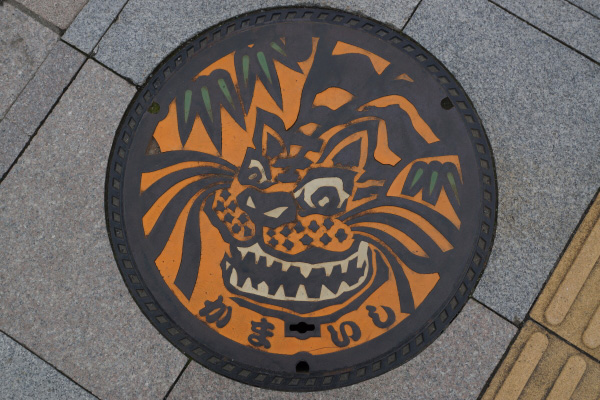
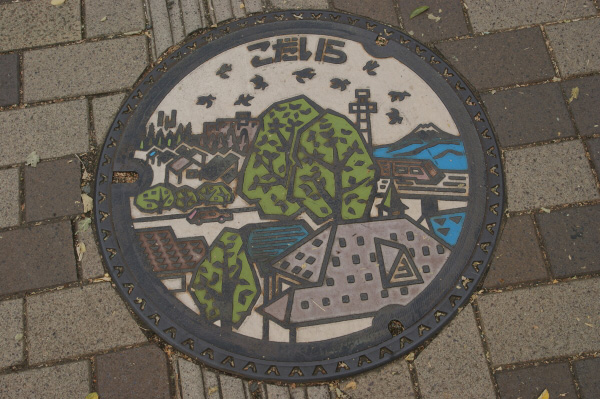
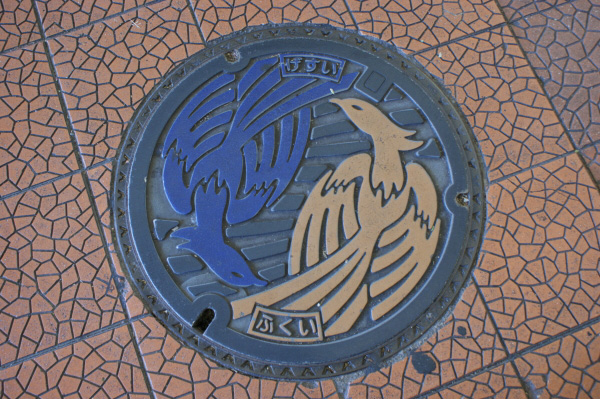

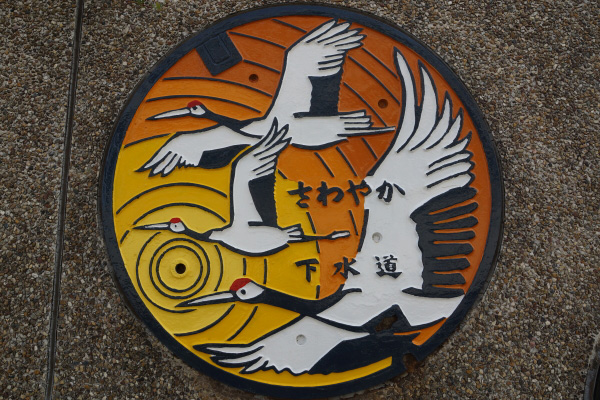
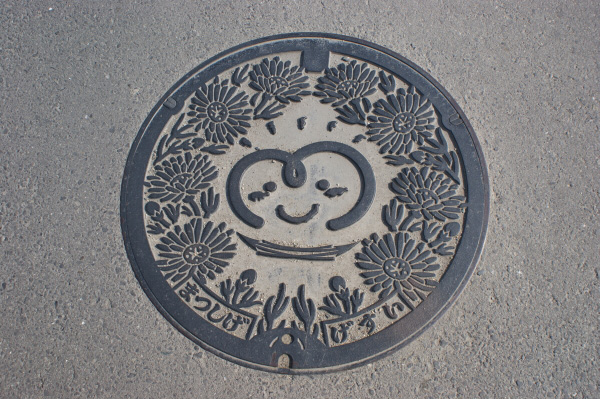

Manhole Map homepage→ http://manholemap.juge.me/
Manhole Night homepage→ http://manholenight.info/
Manhole card information→ http://www.gk-p.jp/mhcard.html

*This article was originally posted on October 9, 2015.
Translation: Jon Machida
